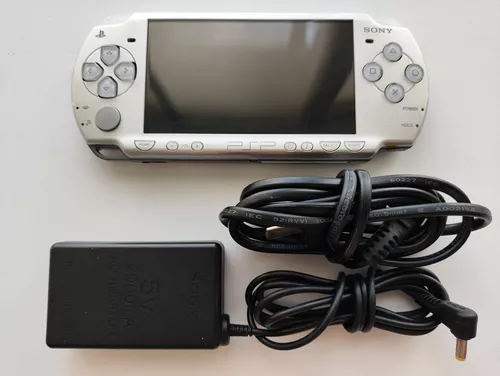The Evolution and Legacy of the PlayStation Portable (PSP)

The PlayStation Portable (PSP) marked Sony’s bold entry into the handheld gaming market. Released in December 2004 in Japan and March 2005 in North America, the PSP stood out not only as a gaming console but as a versatile multimedia device. Here’s an exploration of the history, features, impact, and enduring legacy of this revolutionary handheld.
Sony’s Ambitious Move into Handheld Gaming
Sony’s decision to enter the handheld gaming market was a daring challenge to Nintendo’s dominance with the Game Boy and DS systems. The PSP aimed to deliver a console-quality gaming experience on the go, something rarely seen at the time. Its sleek design, large screen, and advanced hardware positioned it as a premium device appealing to gamers seeking more immersive experiences.
Upon its release, the PSP generated significant buzz. Its standout features included a 4.3-inch widescreen display with a 480 x 272 resolution and a powerful 333 MHz processor, complemented by 32MB of RAM (upgraded to 64MB in later models). The PSP’s ability to offer graphics close to those of the PlayStation 2 set it apart from other portable gaming devices.
Innovative Features That Defined the PSP
One of the PSP’s defining characteristics was its use of the Universal Media Disc (UMD) format. These compact discs allowed users to play games, watch movies, and access other media content. While UMDs didn’t achieve widespread adoption outside of the PSP, they reinforced the device’s identity as more than just a gaming console.
The PSP’s multimedia capabilities were another key selling point. It could play music, display photos, and support video playback, making it a portable entertainment hub. The inclusion of expandable storage via the Memory Stick Duo slot further enhanced its versatility, enabling users to carry a wealth of media on the go.
The gaming library was equally impressive, featuring standout titles like God of War: Chains of Olympus, Crisis Core: Final Fantasy VII, and Grand Theft Auto: Liberty City Stories. This diverse selection of genres ensured there was something for everyone, from action and adventure enthusiasts to fans of racing and sports games.
Impact on the Gaming Industry
The PSP redefined handheld gaming by demonstrating that portable devices could deliver rich, console-like experiences. Before its release, handheld gaming was often associated with simpler, less graphically intense titles. The PSP broke this mold, paving the way for a new perception of handheld gaming’s potential.
Additionally, the PSP introduced many players to the idea of a multifunctional gaming device. Its combination of gaming, media playback, and web browsing capabilities anticipated the integration of entertainment features in devices like smartphones and tablets.
The PlayStation Store, launched during the PSP’s lifespan, was another game-changer. It allowed users to download games and content directly to their devices, foreshadowing the shift toward digital distribution that now dominates the gaming industry.
Challenges Faced by the PSP
Despite its innovations, the PSP wasn’t without its shortcomings. One of the most notable issues was its battery life, which often fell short due to the demands of its high-performance hardware and large screen. This limitation hindered its portability compared to rivals like the Nintendo DS.
The UMD format, while innovative, also had drawbacks. The discs were delicate, and loading times were longer than ideal. Additionally, the UMD drive contributed to the device’s bulkiness, making it less portable than some competitors.
Finally, the PSP faced stiff competition from the Nintendo DS. With its dual screens and touch controls, the DS appealed to a broader audience, particularly families and younger gamers. Its focus on innovative gameplay mechanics contrasted with the PSP’s emphasis on raw power and multimedia capabilities.
The PSP’s Enduring Legacy
The PSP left a lasting mark on the gaming industry and remains a cherished device for many gamers. Its influence is evident in subsequent portable gaming systems, including its successor, the PlayStation Vita, and even in modern smartphones and tablets.
The homebrew community also played a vital role in extending the PSP’s lifespan. Enthusiasts developed custom firmware and applications that unlocked new functionalities, ensuring the device remained relevant long after Sony officially discontinued it in 2014.
Conclusion
The PlayStation Portable was a groundbreaking device that redefined handheld gaming and multimedia entertainment. With its powerful hardware, extensive game library, and innovative features, the PSP set a new standard for portable gaming. Despite its challenges, its impact on the industry is undeniable. The PSP’s legacy lives on as a testament to Sony’s vision and as a trailblazer that expanded the horizons of what handheld devices could achieve.
Leave a Reply